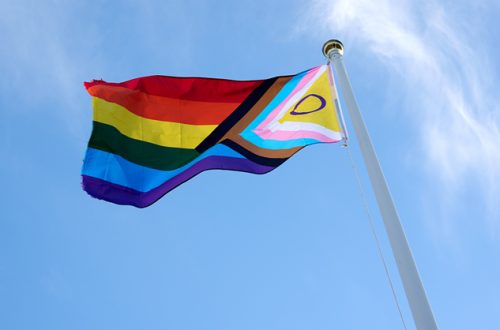December 6th marks the 35th anniversary of the Montreal Massacre, the day when an armed man killed 14 woman and injured 13 other individuals at Polytechnique Montréal. The shooter’s focus on women in engineering left a profound impact on the engineering community, causing us to come together and reflect on gender-based violence in the profession every year since. Now, 35 years on, what can we say about gender equity and discrimination in the field and in society as a whole?
Engineering undergraduate enrolment has diversified significantly, with women making up 27% of students in engineering programs in Ontario. However, according to Professional Engineers Ontario, despite the rise in women in engineering education, the proportion of newly licensed professional engineers who are women has stagnated around 19% in Ontario since 2018.
In a study of engineering graduates in Canada, Chan et al found that women were more likely than men to go the non-traditional path and move away from engineering into another discipline. Breaking this down further, racialized women were almost twice as likely to go the non-traditional path than white women.
It is difficult to pinpoint one specific reason causing women to leave the field. Nor is it the same reason for all women. While women in engineering are all at risk of misogyny and discrimination, a women’s experience in engineering will also be impacted by her other identities. For example, Chan et al found that racialized women had a weaker sense of belonging than others in engineering but did not notice a similar discrepancy with white women.
According to Statistics Canada, “49% of LGB+ women and 35% LGB+ men experienced unwanted sexual behaviours in the workplace… more than among heterosexual women (28%) and men (16%).” Research from Reidy, Baumler, and Temple found that for STEM majors that had gender parity, women were more likely to experience sexual violence than women in other majors. Further study also revealed that, women of a sexual minority (i.e. LGB+) were more likely to experience sexual violence than heterosexual women in the same program.
Notably absent from the statistics above is information on other gender minorities, including transgender, and non-binary people, who are significantly more likely to experience gender based violence in general, and unwanted sexual behaviours in the workplace than their cisgender counterparts. Some of the studies and data sources above are not collecting data on other gender minorities. Others were unable to report on the experiences of other gender minorities due to a small number of respondents.
The same can be said for Indigenous women and 2-spirit individuals, who are also disproportionately affected by gender based violence in society at large, which can translate into the workplace.
Last year, we talked about the importance of data collection, including a more comprehensive list of gender identities on forms and in studies to allow the profession to take stock of where we are and work to become more equitable. Building upon that, we are calling upon the engineering community to think bigger. There is no single solution for addressing inequities within the field, reducing gender-based violence and workplace harassment, and improving gender equity. To fix these issues, we need to apply an intersectional lens, work from a variety of different angles, and work collectively. Additionally, gathering data on gender and race, sexual orientation, ability, and other identity dimensions is crucial for cataloguing inequities in the field, and working to address them.
As we observe the 16 Days of Activism against Gender-Based Violence and the National Day of Remembrance and Action on Violence Against Women, let us recommit ourselves to the ongoing work of reducing gender-based violence and discrimination in the engineering community.
By: Shivani Nathoo, P.Eng., EDIA Task Force Chair and Naomi Williams, P.Eng., PMP, Architectural Project Leader for the Town of Oakville





Leave a Comment